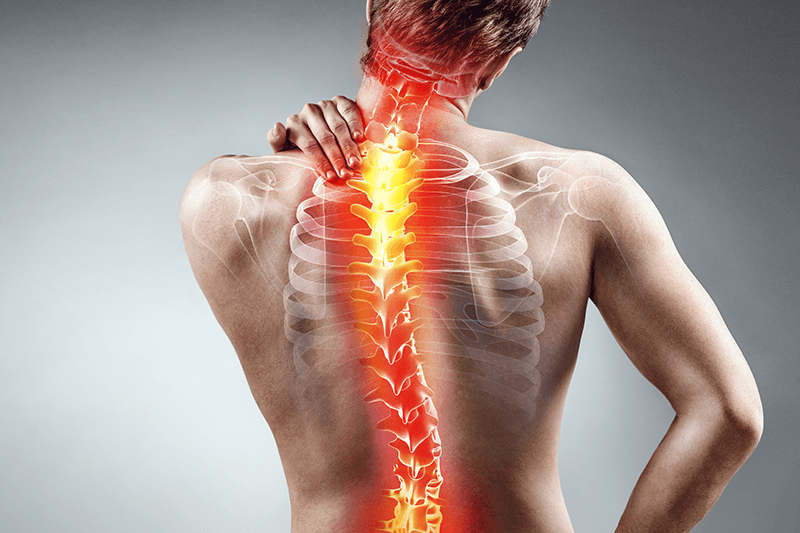The underlying causes for most occurrences of back pain are non-emergent, but the intense pain and related symptoms often elevate anxiety and prompt a visit to the emergency room (ER). While back pain is typically treated in a primary care setting or by a musculoskeletal specialist, physicians are often cautious and look for warning signs of neurologically impairing or life-threatening causes. These cases are rare, but if present, they are considered a medical emergency and warrant immediate treatment to preserve back and/or leg function.
Back pain is considered the most common musculoskeletal cause for emergency room visits and typically involves individuals aged 18 to 65 years.
This article provides a comprehensive guide to when back pain may indicate a medical emergency and the associated red-flag symptoms to watch out for.
When an Emergency Room Visit Is Warranted for Back Pain
When dealing with severe back pain, making a judgment call about whether to seek help in a doctor’s office or visit the ER may be difficult.
The following list describes the symptoms and signs related to conditions that may have resulted in the spinal cord, cauda equina, or internal organ damage, which are typically considered as a medical emergency.
Abdominal aortic aneurysm
Lower back pain that radiates to the front abdomen may occur together in a rare, serious medical condition called an abdominal aortic aneurysm. Classic symptoms include:
- A continuous, stabbing pain of severe intensity felt deep in the abdomen between the sternum in the center of the chest and the belly button.
- Lower back pain, which may also spread to the groin, pelvis, and/or legs.
- A pulsating mass in the abdomen, which may be felt through the skin and is sensitive to touch.
- Sudden and rapid heartbeat, shallow breathing, clammy skin and cold sweats, general weakness, confusion, anxiety, and/or loss of consciousness, indicating shock.
Abdominal aneurysms are more prevalent among men aged 65 to 75 years who smoke cigarettes.
Cauda equina syndrome
Damage to the cauda equina nerves can cause cauda equina syndrome, a condition that results in severe impairments in the lower back and leg(s). The hallmark symptoms of this condition include:
- Difficulty or inability to control bowel movements with sensory loss and decreased sphincter tone in the anal region
- Difficulty in passing urine, a reduced urinary sensation, a loss of desire to pass urine, and/or a poor stream
- Numbness in the groin, buttocks, genitals, and/or inner thighs (saddle numbness)
- Sexual dysfunction
Cauda equina syndrome may occur as a result of acute trauma or develop without an inciting event, due to the progression of an underlying condition. These conditions may include a lumbar herniated disc, lumbar spinal stenosis, or spinal tumor that affects the cauda equina nerves.
Spinal tumor
Benign or metastatic spine tumors may cause back pain as the first symptom. Over time, they are typically accompanied by other distinguishing symptoms, such as:
- Unrelenting pain despite rest and medication
- Fever and chills
- Night pain
- Night sweats
- Progressive or sudden motor weakness in the leg(s)
- Unexplained weight loss
Tumors can originate in the spine or spread to the spine from other parts of the body, in which case they are more likely to lodge in the vertebrae because of the spine’s extensive network of blood vessels. The back and leg symptoms are typically dictated by the location of the tumor in the spine.

